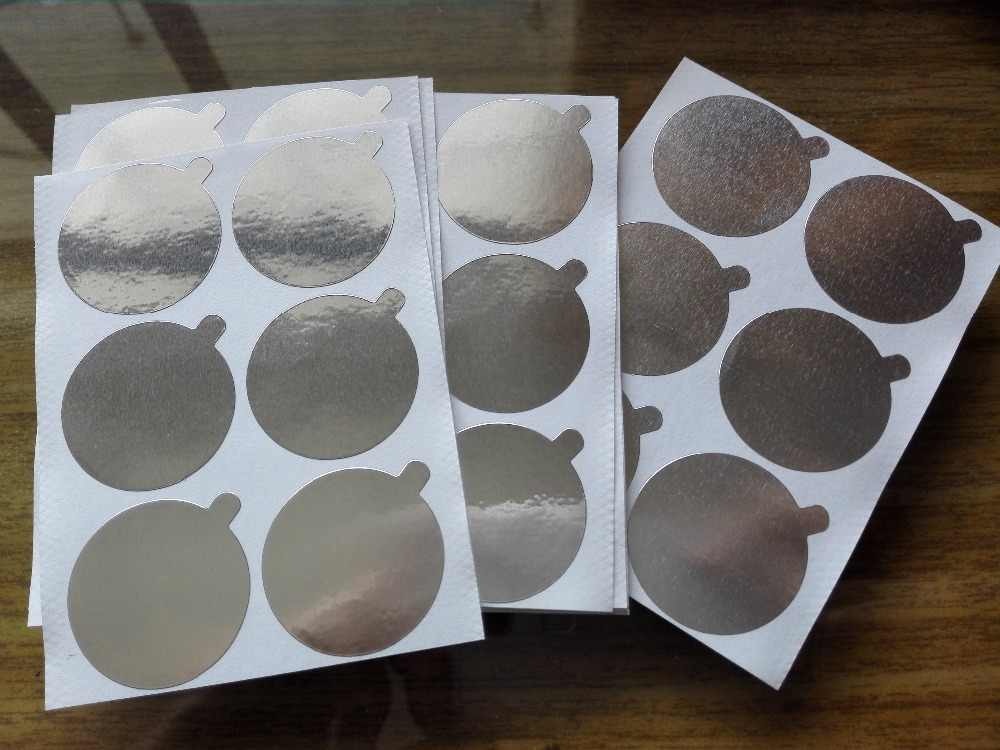- What are the benefits of knowing how to classify doors and windows?
The first is to let you know what your needs and favorite doors and windows are like when you buy.
For example, what is your usage habits, what is your need for sound insulation and ventilation, and what is the psychological price? These all influence the choice of door and window models. Once you understand the classification of doors and windows, you will no longer be taken away by the merchants when you buy.
Secondly, there is a preliminary concept of the price of the product, such as the impact of the difference in the opening of doors and windows on the price, and the impact of the door and window product series on the price.
- Classification of aluminum alloy doors and windows
There are generally five classifications of aluminum alloy doors and windows. They are divided by use (can be divided into exterior wall and interior wall use), function, opening form, product series, and specifications.
Among them, the opening form, product series, function of aluminum alloy doors and windows are most closely related to consumers’ choices. The classification of uses, specifications and functions is as follows:
(1) Classified by purpose:
a: For external walls
b: For interior walls
(2) Classified according to specifications
This classification basis is very simple, that is, the width and height dimensions of doors and windows, the unit is mm. For example, the width of the door and window is 1200 mm and the height is 1470 mm, the size specification model of the door and window is 120147.
(3) According to the use function can be divided into:
a: Normal type.
b: Sound insulation type.
c: Thermal insulation type.
d: Shade type.
- Types and angles of door and window opening
The opening forms of doors and windows are mainly divided into three categories: horizontal opening and rotation, sliding and translation, and folding
(1) Classification and code of the opening form of the door




When buying doors and windows, it is necessary to understand the opening form of doors and windows. On the one hand, everyone’s usage habits and psychological prices are different, and only oneself understands their own lifestyle. For example, opening habits, space location habits, ventilation habits, cleaning habits, sound insulation requirements, etc.;
On the other hand, different types of doors and windows have different functional characteristics. For example, outer casement windows are suitable for low-level residential buildings, while inner casement windows are relatively safe. Sliding windows save space than casement windows but have insufficient sound insulation. Composite windows combine the advantages of the above two window types but are more expensive.
Therefore, when choosing doors and windows, you need to consider other things under the premise of understanding the window type.
- Purchase elements of doors and windows by product series
The division of product series is the way we usually hear the most merchant introductions, and it is usually the place most easily fooled by merchants. It is divided based on:
The product series of aluminum alloy doors and windows are divided by the dimensions of the door and window frames in the depth direction of the opening, that is, the thickness and structural dimensions of the door and window frames (in mm).
Usually, the basic series are divided into a magnitude of 10 mm, and the auxiliary series are divided into a magnitude of 5 mm. For example, for the 80 series in daily life, the thickness of the door and window frames should be between 80 and 84 mm, and the 65 series should be between 65 and 69 mm.






